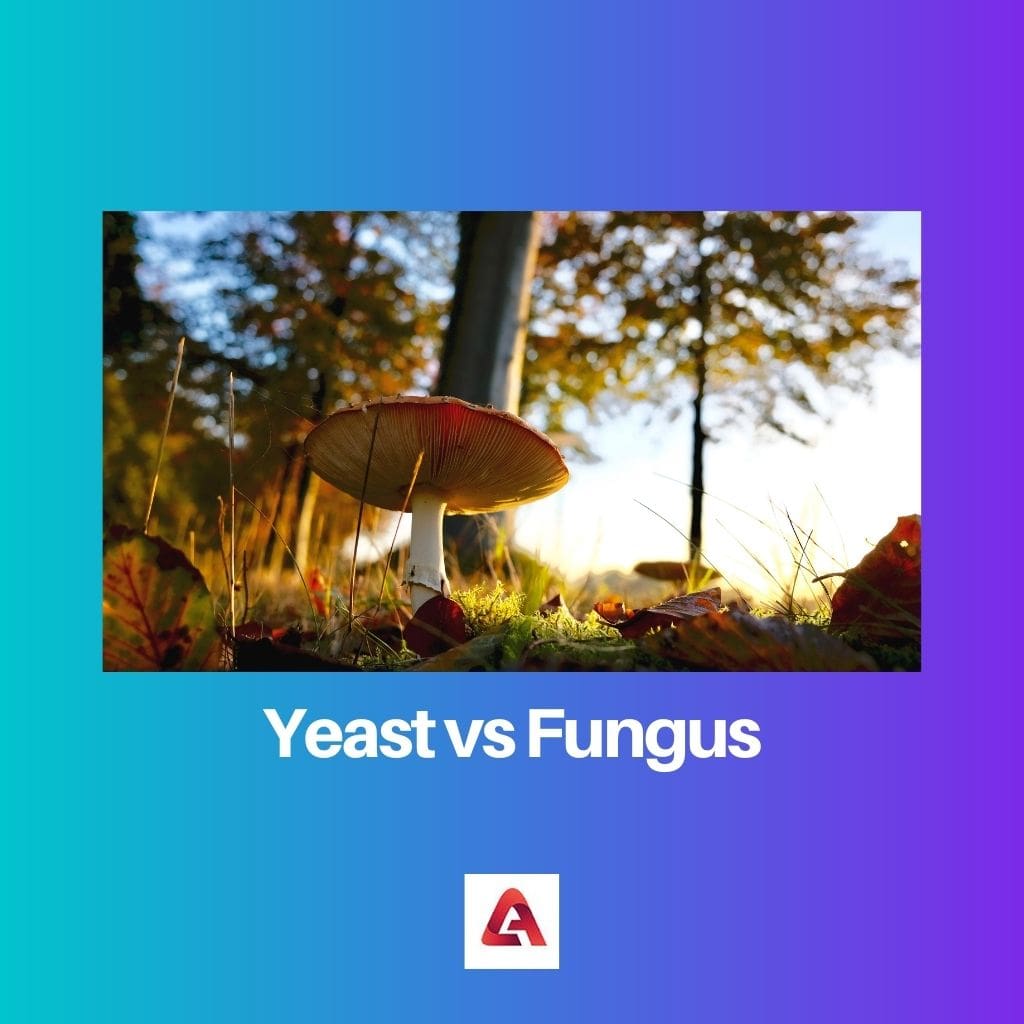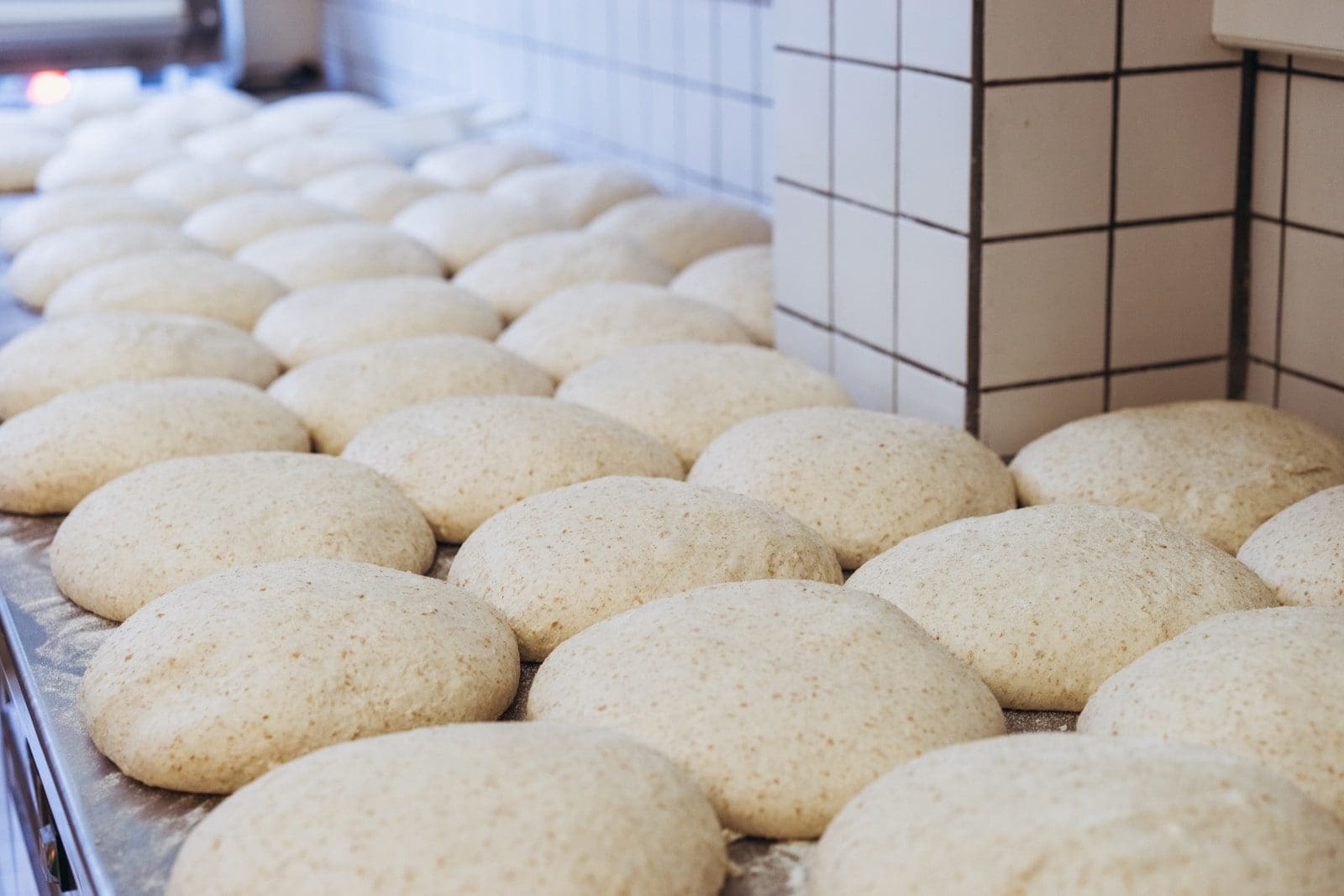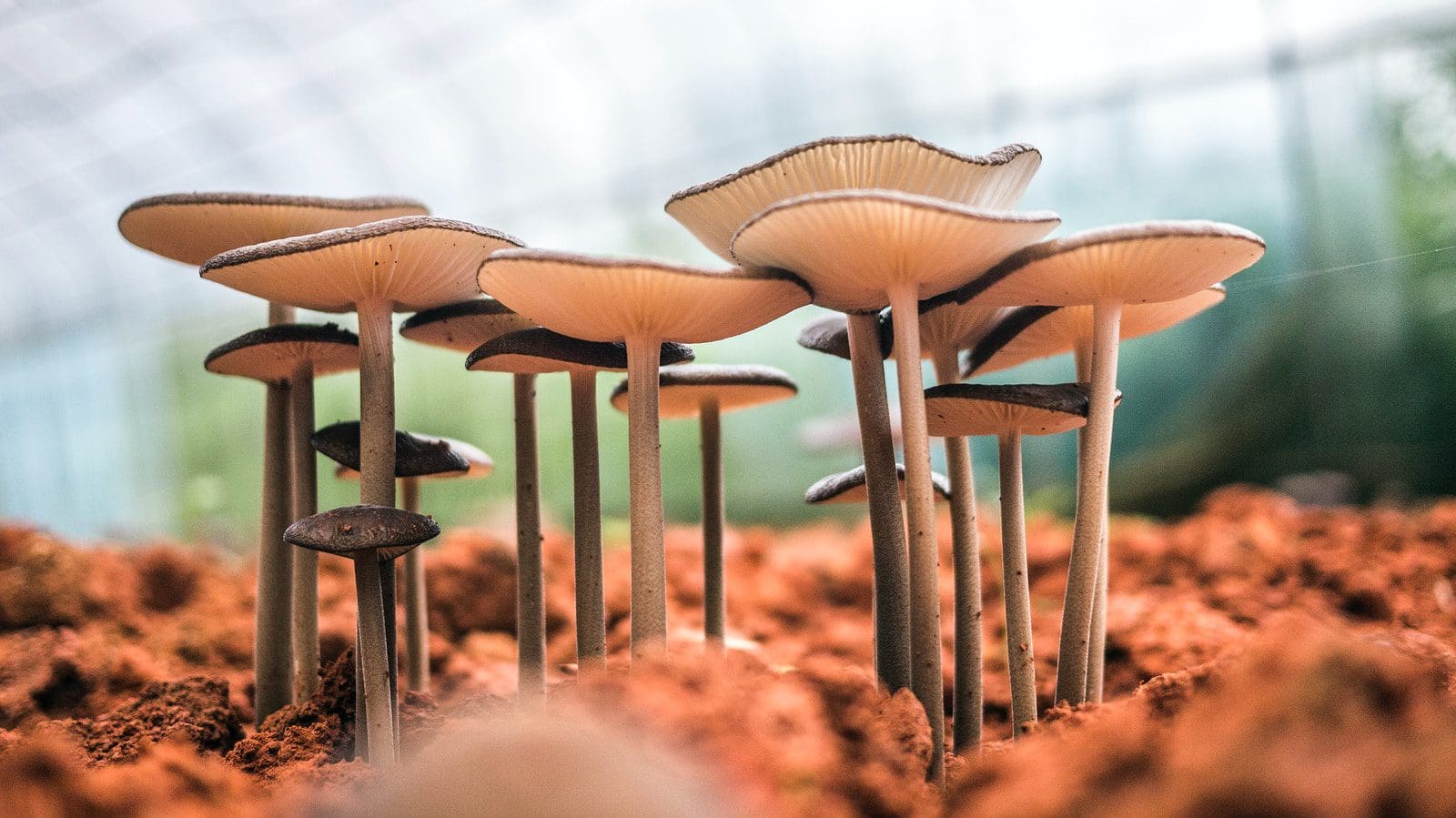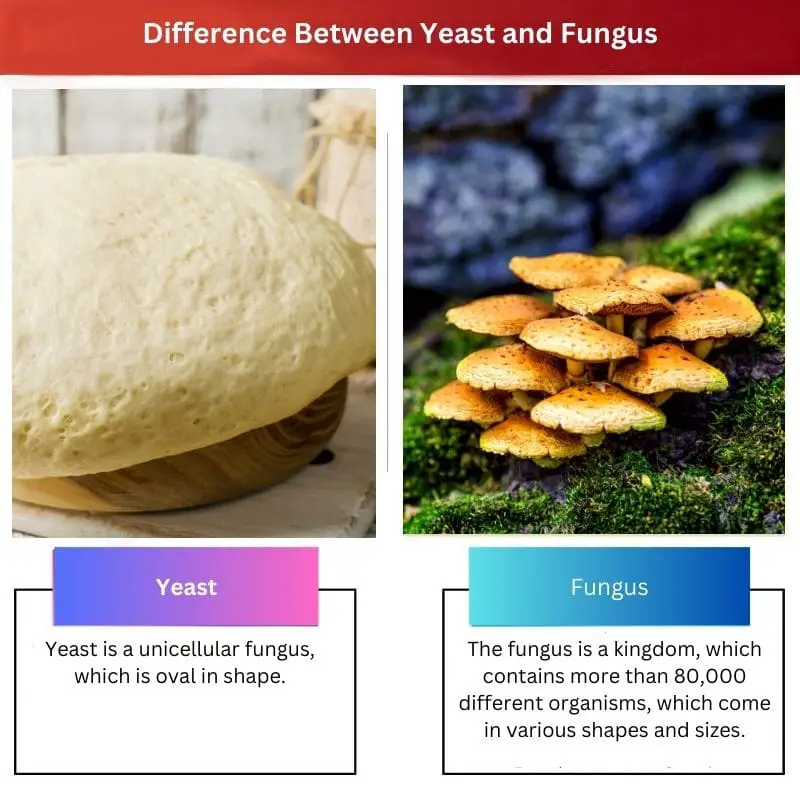The world of biology is full of various organisms of all shapes and sizes, ranging from tiny bacteria to the gigantic blue whale, from small plants to humungous trees.
Among such organisms are yeast and fungi. One can say that yeast and fungi are very closely related.
Key Takeaways
- Yeast is a single-celled microorganism, a fungus used in baking, brewing, and other fermentation processes; fungi are a diverse group of organisms that include yeast, molds, and mushrooms.
- Yeast cells reproduce through budding, where a smaller cell grows off a larger parent cell; fungi can reproduce asexually or sexually through spores.
- Yeast is used primarily in food and beverage production; fungi have numerous applications in medicine, agriculture, and industry.
Yeast vs. Fungus
Fungi are filamentous organisms that can be unicellular or multicellular and are found in various environments. Yeast is a fungus distinguished from other fungi by its unicellular nature and ability to ferment sugars to produce alcohol and carbon dioxide.

Yeast is a unicellular organism, which is a fungus and consists of a single oval-shaped cell. The method of reproduction of yeast is budding.
Budding is the process where, when a cell is ready to reproduce, it starts growing another tiny cell on its body; this cell then grows to full size, and then when it is ready to survive on its own, it breaks off from the parent cell.
On the other hand, fungi denote a kingdom of more than 80,000 different organisms. However, the main characteristics of these organisms are that they can be unicellular or multicellular and reproduces via spores.
Spores are small seed-like objects that can travel using the wind or on the fur of other animals. When it lands in a suitable place, it grows into another fungus.
Fungus mostly grows in damp areas, where there might be decaying organic matter to feed on.
Comparison Table
| Parameters of Comparison | Yeast | Fungus |
|---|---|---|
| Definition | Yeast is a unicellular fungus that is oval. | The fungus is a kingdom that contains more than 80,000 different organisms in various shapes and sizes. |
| Availability | Yeast is pretty common in nature and almost found everywhere. | Fungus grows in dark and damp places, with decaying organic matter to feed on. |
| Reproduction | Budding. | Spores. |
| Use | Used in the fermentation process. | Used to make antibiotics. |
| Diseases | It can cause vaginal infections in humans. | Usually, the cause of skin diseases like ringworms and athletes’ feet. |
What is Yeast?
Yeast is a microscopic fungus that is oval and reproduces via budding.
Budding is the process where, when a cell is ready to reproduce, it starts growing another tiny cell on its body; this cell then grows to full size, and then when it is ready to survive on its own, it breaks off from the parent cell.
Yeast is colorless and can be found anywhere, like plants, animals, flowers, fruits, trees, etc. Usually, the yeast has a mutually beneficial relationship with living animals and is found to reside on their skin. T
his mutually beneficial relationship is called symbiosis. However, a few types of yeast can also live as a parasite.
Yeast is very useful in the baking and alcohol industry. This is because they cause fermentation due to their natural biological processes.
Yeasts use organic substances as a source of their nutrition and growth. These organisms are called chemoorganotrophs. Yeasts can respirate either aerobically or anaerobically; however, yeast uses aerobic methods only for energy production.
Some yeasts are pathogenic, which means they can cause infections in the human body if the conditions suffice.
People with compromised immunity, such as patients with HIV/AIDS, can be affected by these pathogenic yeasts, resulting in unwanted infections.
Usually, the pathogenic yeasts have a strong, thick polysaccharide wall surrounding their cell. This prevents the body’s white blood cells from recognizing the foreign cell, and hence they escape it.
However, despite the few yeasts which cause us harm, a majority of them are useful in the production of various substances and contribute to a lot of scientific development.

What is fungi?
Fungus denotes a kingdom of more than 80,000 different organisms. However, the main characteristics of these organisms are that they can be unicellular or multicellular and reproduces via spores.
Spores are small seed-like objects that can travel using the wind or on the fur of other animals.
When it lands in a suitable place, it grows into another fungus. Fungus mostly grows in damp areas, where there might be decaying organic matter to feed on.
The cell wall of fungi is made up of a material called chitin. Being saprotrophs, fungi absorb the nutrients and necessary substances through the cell wall.
Fungi are not able to photosynthesize since they do not have chloroform. Hence, they grow on dead or decaying organic matter, giving them the necessary organic substances to survive.
Fungi can be found almost anywhere in the world, and quite similar to yeasts, they have symbiotic relationships with plants and animals. However, like yeasts, some fungi can also display parasitic behavior.
The practical usage of fungi covers a lot of aspects. Some fungi, like mushrooms, are used as food items. Fungi are also used to create antibiotics and other medicinal substances.
The most common fungal diseases humans have due to fungi are skin diseases like ringworms and athlete’s foot.

Main Differences Between Yeast and Fungi
- The main difference between yeast and fungus is that yeast is a microscopic organism that is unicellular and reproduces via budding. In contrast, the fungus can be unicellular or multicellular and reproduces via spores.
- Yeast is common and found almost anywhere in nature, while fungi grow mostly in damp places containing dead, decaying organic matter.
- Yeasts reproduce by budding, and fungi reproduce via spores.
- Yeasts are used in fermentation processes, while fungi are used to make antibiotics.
- Yeasts can cause vaginal infections, while fungi cause skin diseases like ringworm and athlete’s foot.

- http://genesdev.cshlp.org/content/9/3/local/back-matter.pdf
- https://www.nature.com/articles/nature01554

The concept of yeast and fungi is intriguing; however, I believe the article could benefit from more engaging explanations.
I understand your view. It’s an interesting topic that warrants deeper insights.
I agree with you, adding more engaging content would make it even more compelling.
The article provides a solid foundation for understanding yeast and fungi, although I believe some readers may find the content too technical.
I see where you’re coming from. Balancing technical details with accessibility is important in scientific writing.
I agree. Ensuring readability for a wider audience would be beneficial.
I found the information about yeast and fungi really fascinating. It’s amazing to see how these organisms play such important roles in different industries.
Absolutely, the article provides a comprehensive understanding of yeast and fungi. I’m impressed.
I’m not entirely convinced by some of the points made about yeast and fungi. It seems like there’s room for further exploration and discussion.
I understand your perspective. It’s important to critically evaluate the information presented.
I see what you mean. There are indeed areas that could benefit from more in-depth analysis.
The article’s detailed explanation of yeast and fungi is commendable. It’s a valuable read for anyone interested in biology.
I agree, the article is quite comprehensive and insightful.
Absolutely. I appreciate the depth of information provided in the article.
The comparison table is particularly helpful. It summarizes the differences between yeast and fungi effectively.
I found the table very useful too. It’s a well-organized way to understand the key points.
Great article! Very informative and well-explained comparison between yeast and fungi.
I couldn’t agree more. This is a great resource for anyone interested in biology.
The article provides a good overview of yeast and fungi. However, I think some aspects could be elaborated on further.
I agree. It’s a solid foundation, but additional details would enhance the understanding.
This article should be used as a reference in biology classes. The details are presented clearly and concisely.
I completely agree. It’s a great educational resource for students and teachers alike.
This article offers a thorough examination of yeast and fungi. It’s a valuable resource for those seeking in-depth knowledge of these biological components.